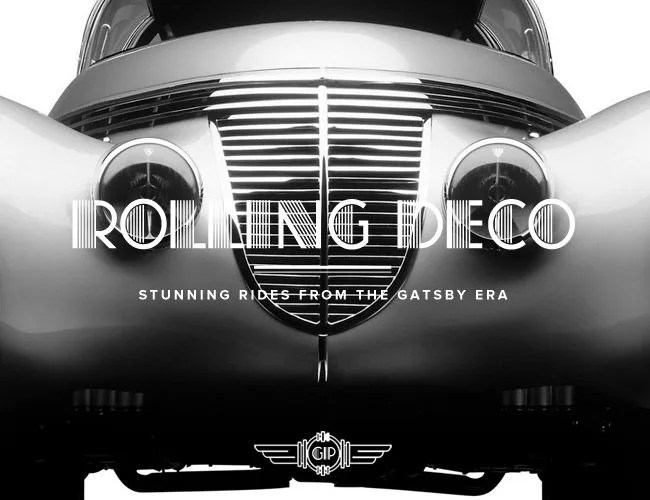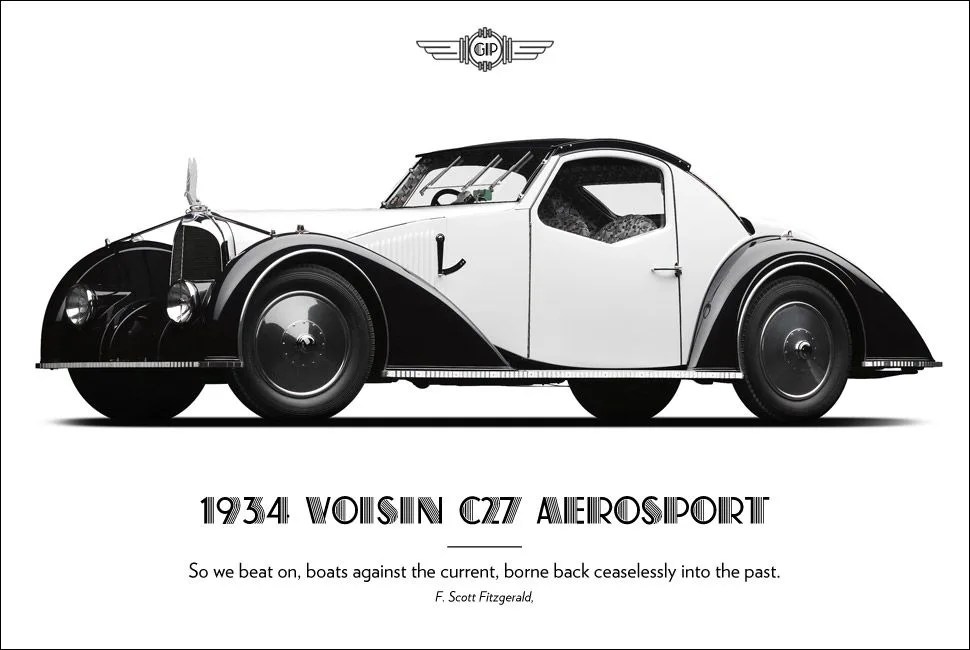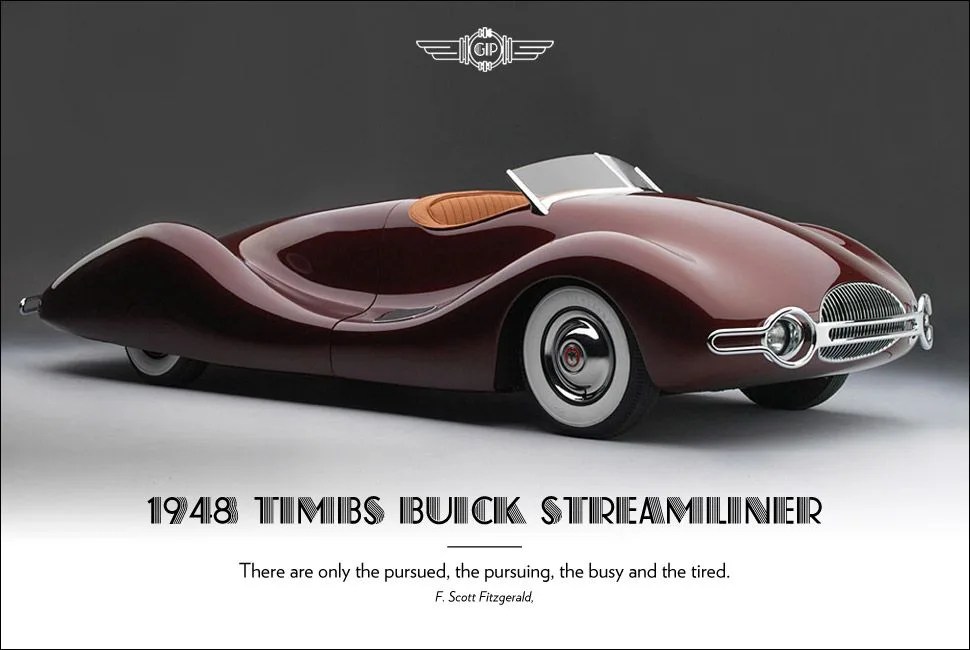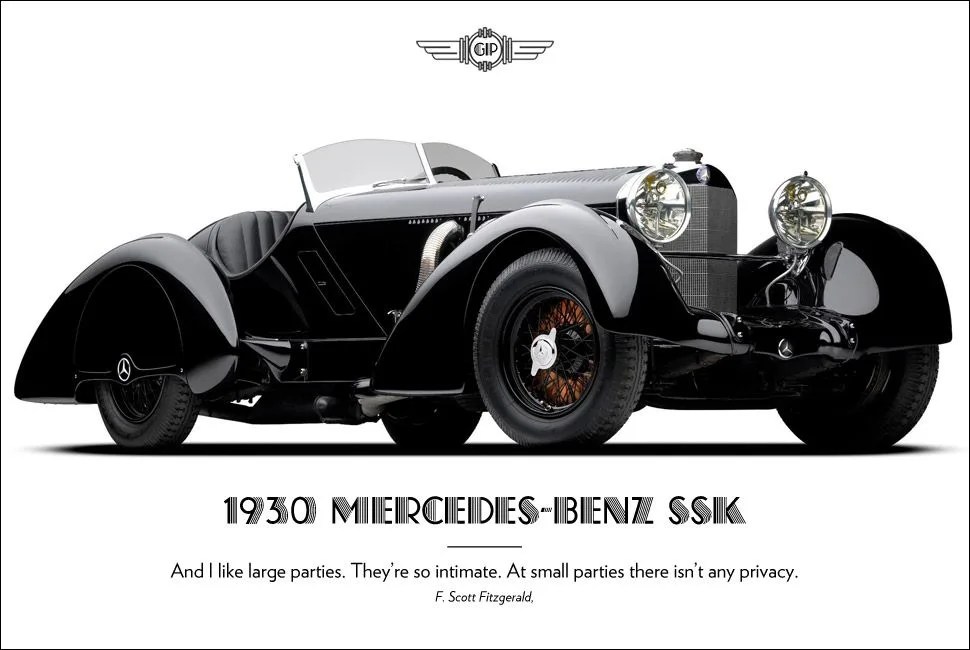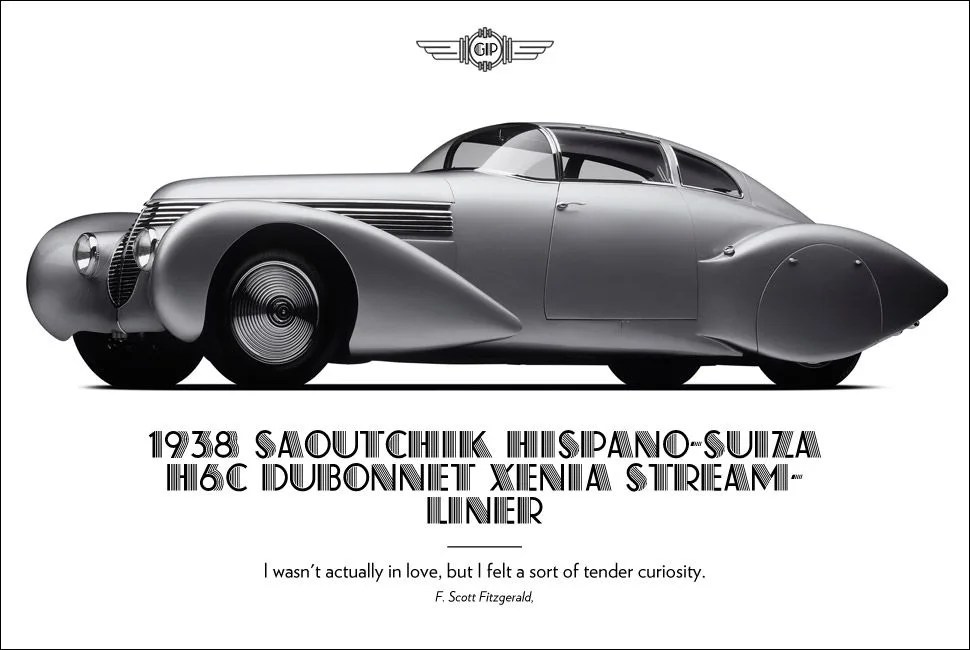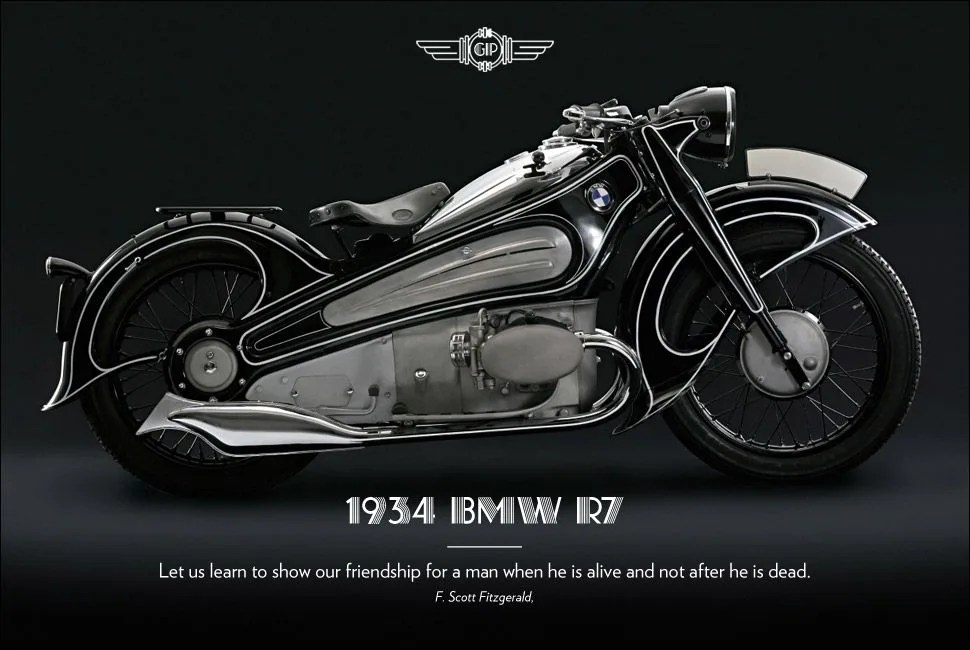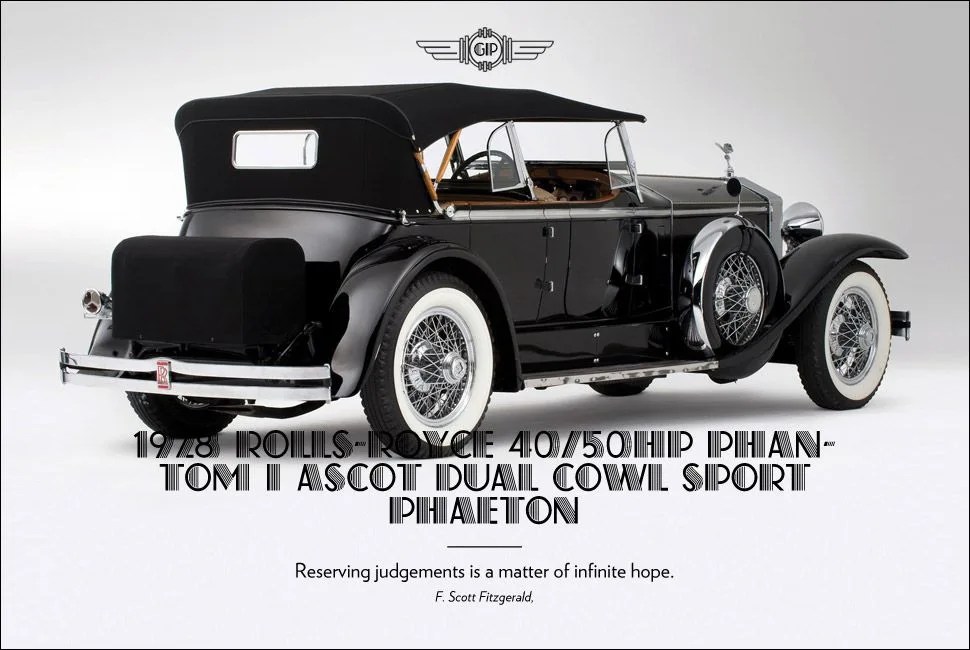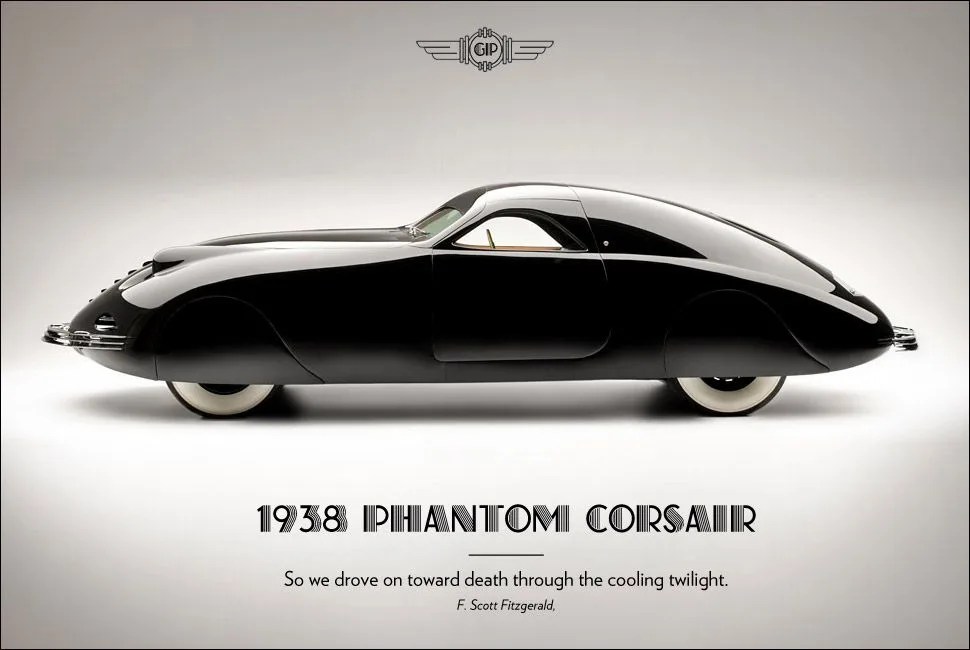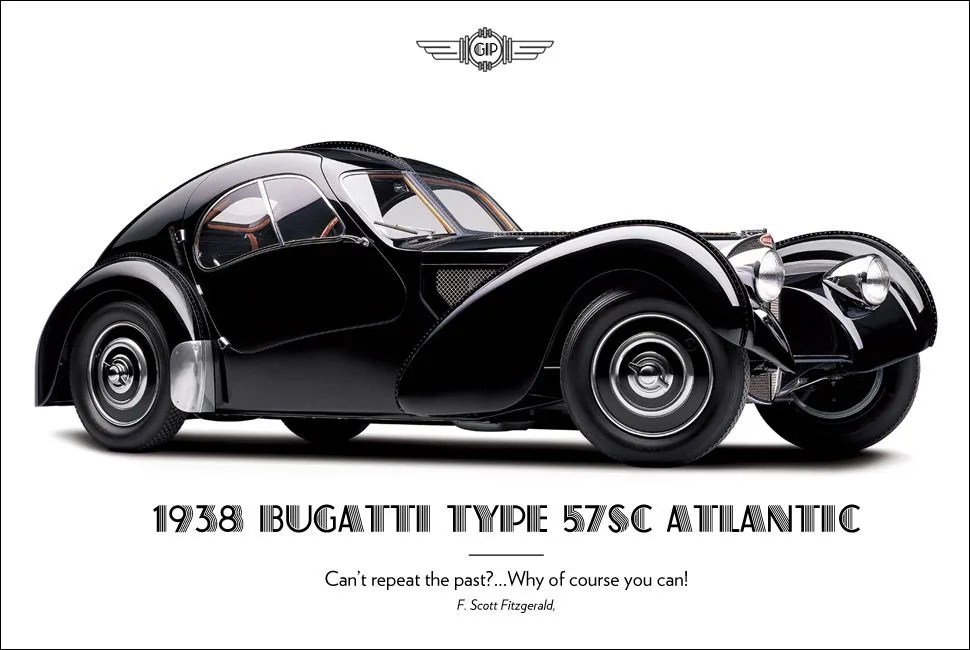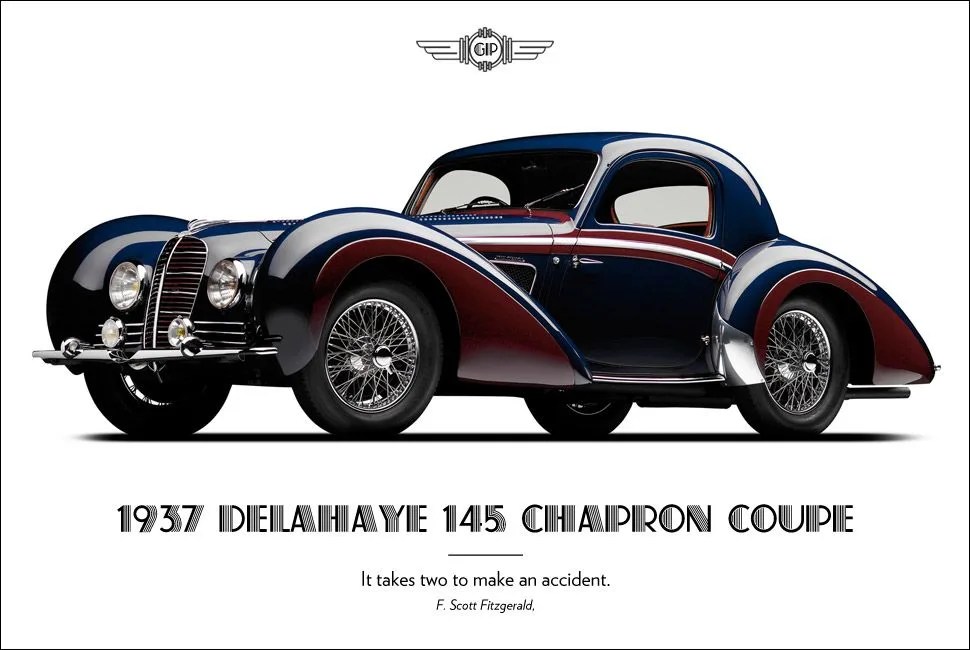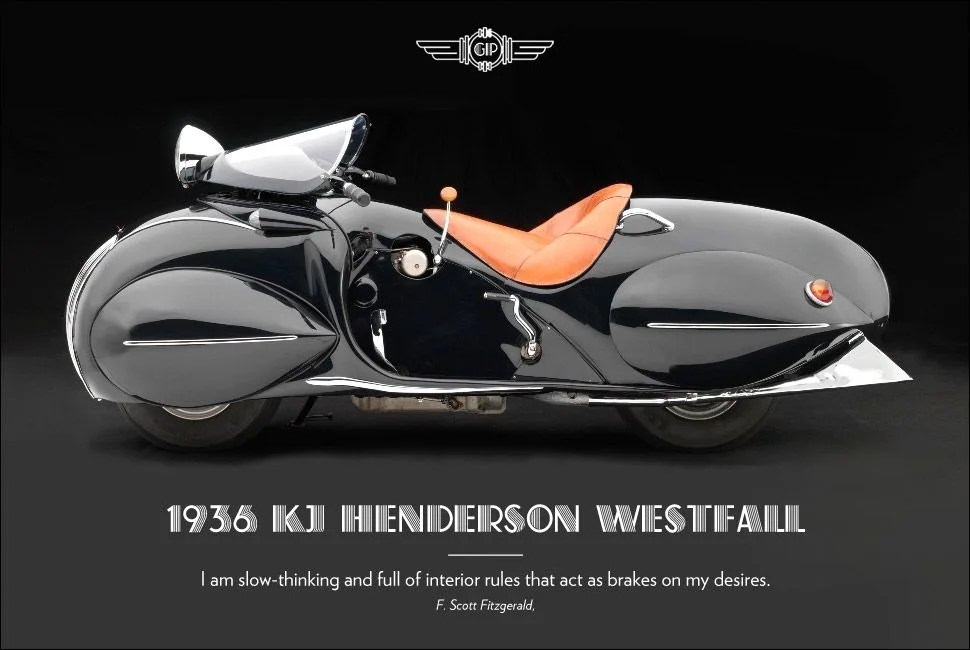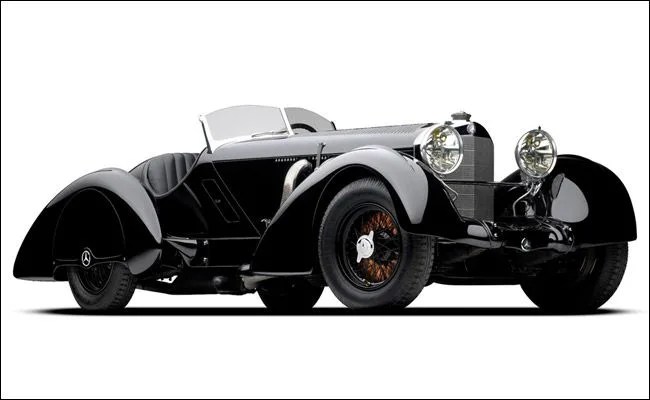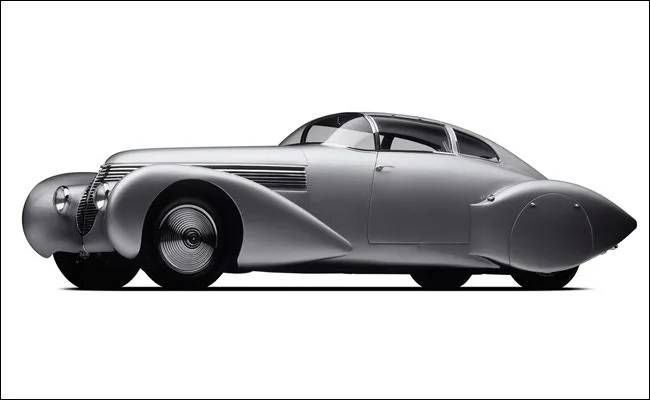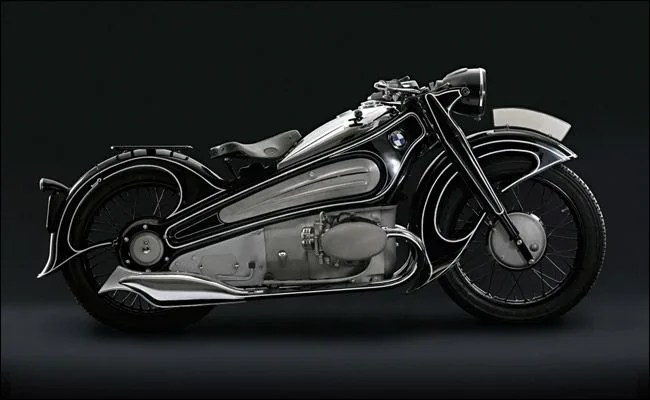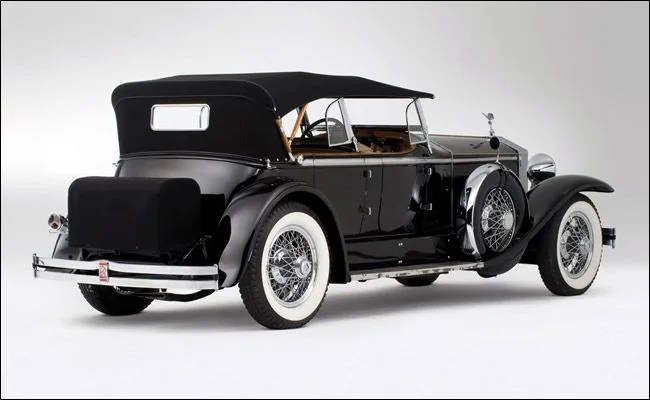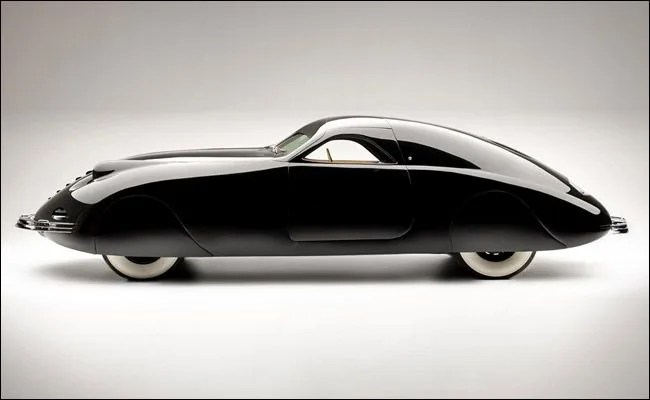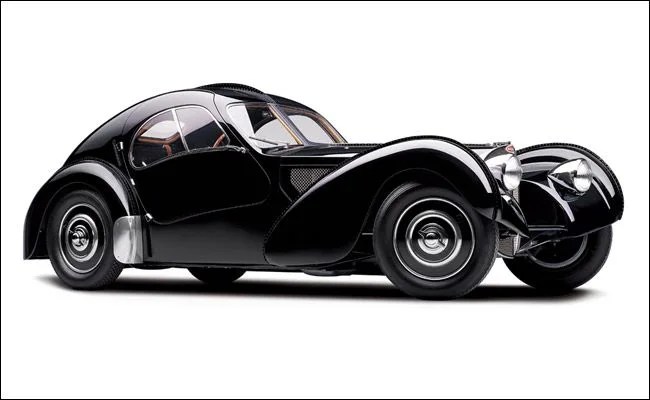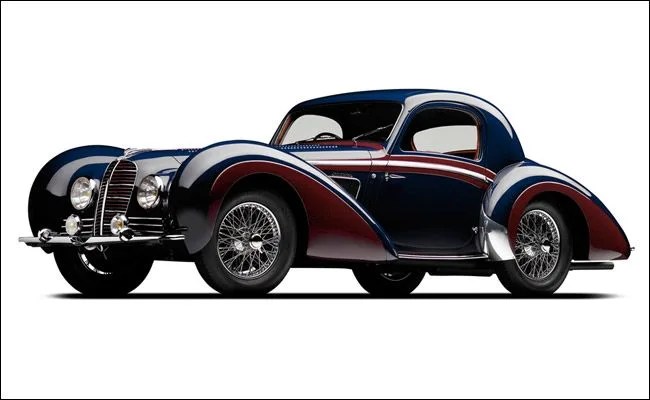10 original photos
Jay Gatsby had it all, except perhaps the presence of mind to dial down the drama so he could hold on to the good things, namely cars and bikes that would stand the test of time for unrelenting beauty and elegance. The art deco era, spanning over two decades, influenced design internationally — and vehicles were beneficiaries of this arty approach to industry. So much of what was built in the ’20s, ’30s and ’40s now only exists in the hallowed halls of museums and collectors’ garages as we drool upon this glorious motoring past. Gatsby’s greatness could’ve remained, had he chosen to drive one of these beauties into the West Egg sunset, leaving Daisy behind in a cloud of rich exhaust. Fresh for Baz Luhrmann’s full throttle cinematic interpretation of the landmark Fitzgerald novel, we’ve collected 10 of the finest art deco cars and bikes ever built.
1934 Voisin C27 Aerosport
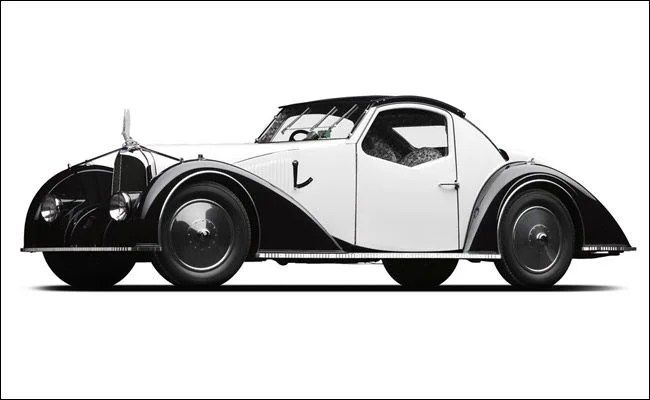
Gabriel Voisin, a French aviation pioneer and car builder was a true revolutionary in the automotive world in the 1930s, building the beautiful and pricey Voisin C27 Aerosport mostly out of aluminum, with a stunning mosaic art deco interior and innovations such as a vacuum-operated sliding glass roof that also doubled as a rear window. It belted out 104 hp from its 3.0-liter engine and could top out at an impressive 93 mph. Voisin built it on borrowed funds and went nearly broke in order to bring his cars to the market. Sound familiar, Citroën?
MORE LUSTWORTHY VINTAGE: 2012 RM Monaco Auction | Viewfinder: 1971 Ferrari 365 Daytona | Breakdown: Singer Porsche 911
1948 Timbs Buick Streamliner
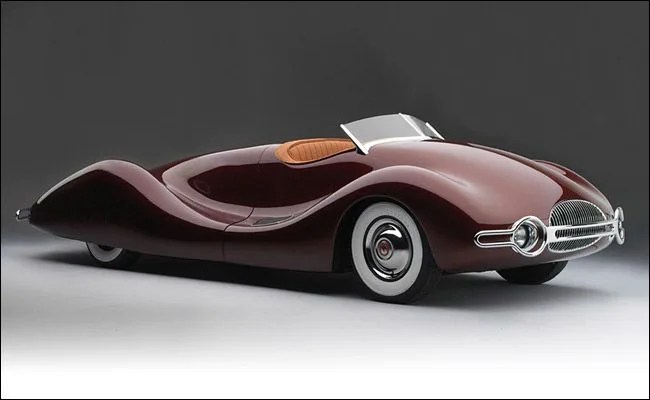
At the tail end of the Art Deco Era, a mechanical engineer named Norman E. Timbs designed and built this sleek number with mostly aluminum on top of a steel chassis. At a cost of $10,000, the Streamliner took more than two years to build. The slick aerofoil shape and Buick Super 8 engine allowed the Streamliner to hit 120 mph, pretty quick for its day. The design was actually very simple, free of any gaudy, over-designed adornment. To keep the shape clean, no doors were cut out of the body. You simply stepped out of the cabin onto the protected part of the fender. This made it a bit difficult to show any degree of chivalry on your date. “Get out, yourself.”
